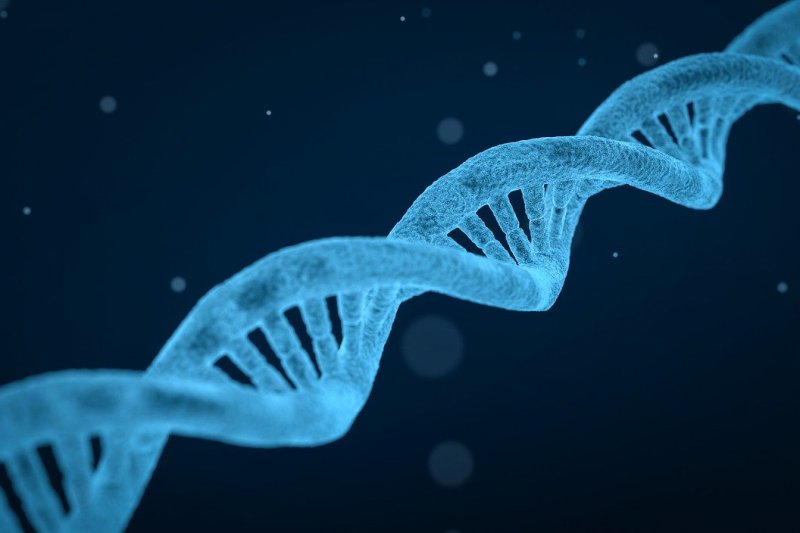Scientists have discovered a protein that locates and facilitates the repair of damaged DNA. Photo by
qimono/Pixabay
March 9 (UPI) -- Scientists have developed a technique for repairing damaged DNA. The breakthrough, published this week in the journal Nature Communications, could pave the way for new therapies for cancer and neurodegenerative disorders.
The accumulation of DNA damage is responsible for aging, cancer and neurological diseases like motor neuron disease, also known as ALS.
Until now, scientists have struggled to find ways to repair this kind of damage. However, researchers have discovered a new protein called TEX264 that can combine with other enzymes to find and destroy toxic proteins that bind to DNA and trigger damage.
Scientists are hoping to identify ways to use TEX264 and its protein relatives to repair the DNA damage linked with disorders like cancer and ALS. New therapies inspired by the latest research could also be used to repair the purposeful DNA damage caused by chemotherapy.
"Failure to fix DNA breaks in our genome can impact our ability to enjoy a healthy life at an old age, as well as leave us vulnerable to neurological diseases like motor neuron disease," study co-author Sherif El-Khamisy, professor of molecular biology and biotechnology at the University of Sheffield in Britain, said in a news release. "We hope that by understanding how our cells fix DNA breaks, we can help meet some of these challenges, as well as explore new ways of treating cancer in the future."
By studying TEX264, scientists have gained new insight into how the body naturally finds harmful proteins and repairs the DNA damage they cause.
"I believe this discovery has a great potential for cancer therapy in the future and we are already pursuing our research in this direction," said Kristijan Ramadan, professor at the University of Oxford. "I am very proud of my research team who initially discovered the involvement of TEX264 in DNA repair."
The next step for El-Khamisy, Ramadan and their research partners is to investigate whether manipulating the expression and properties of protein TEX264 can reverse the effects of aging and alter the course of diseases like cancer and neurological disorders.















